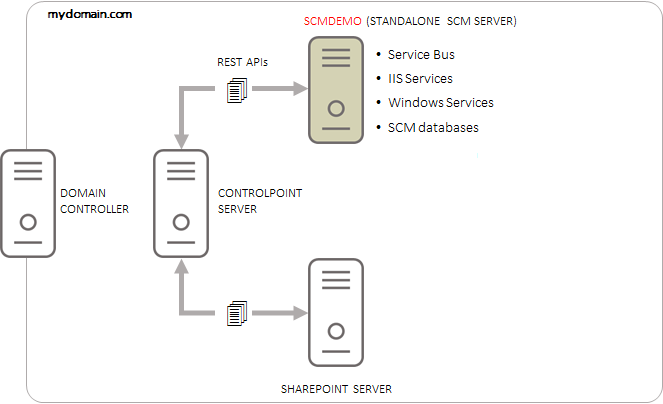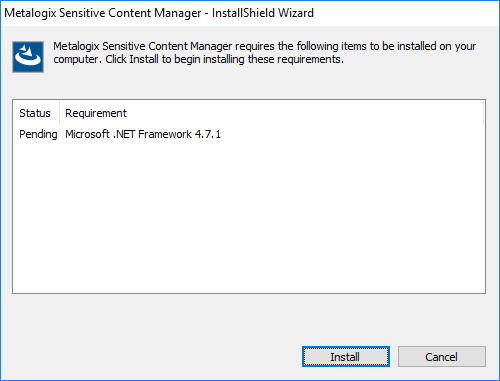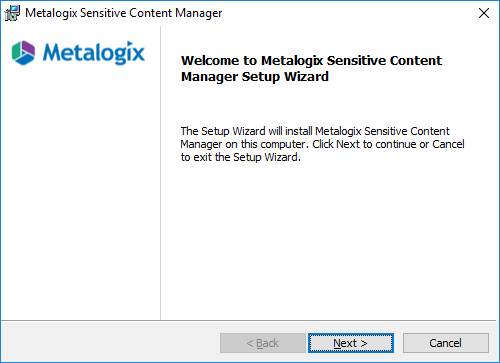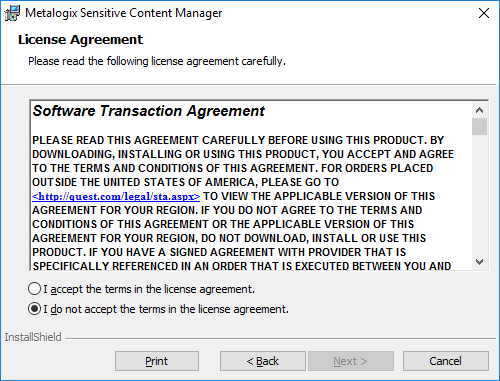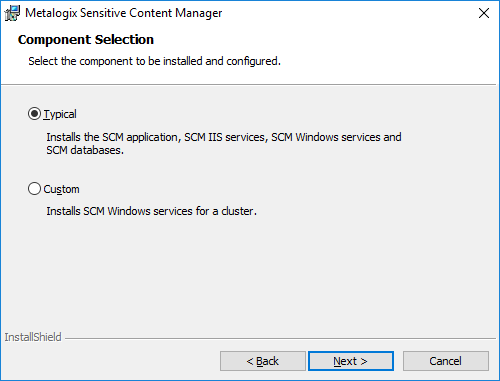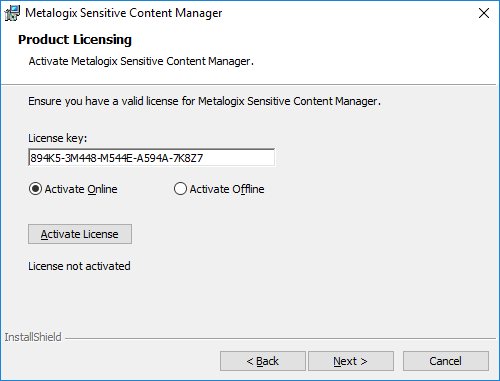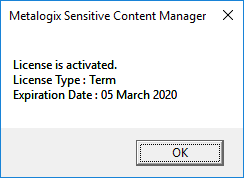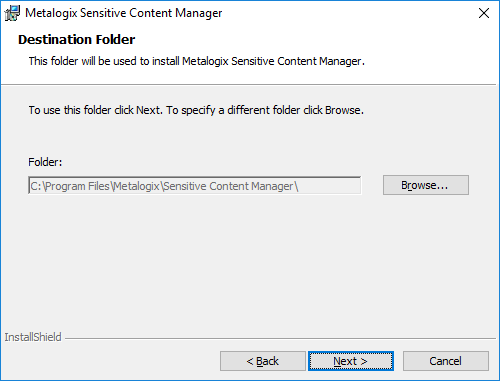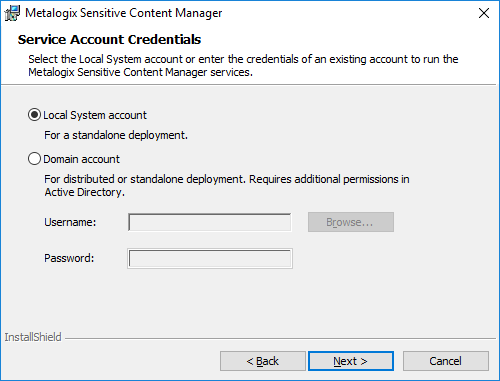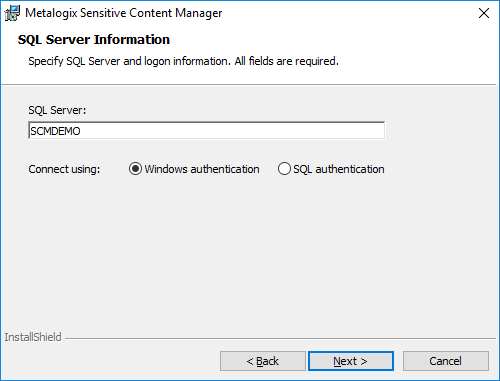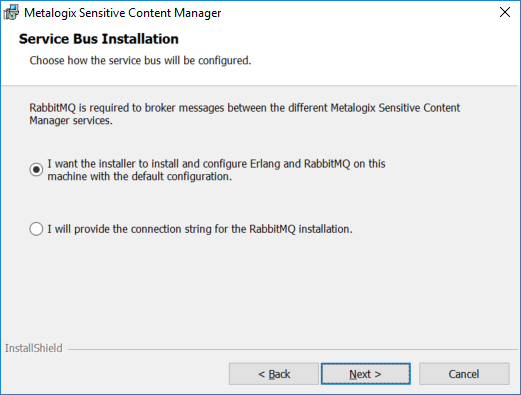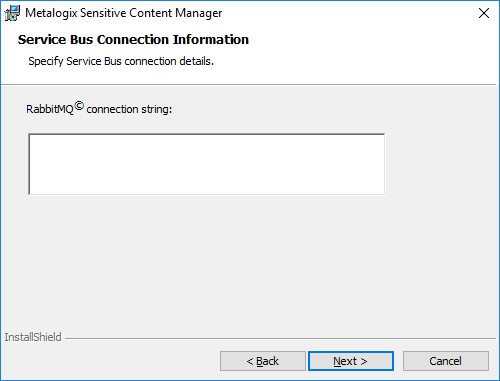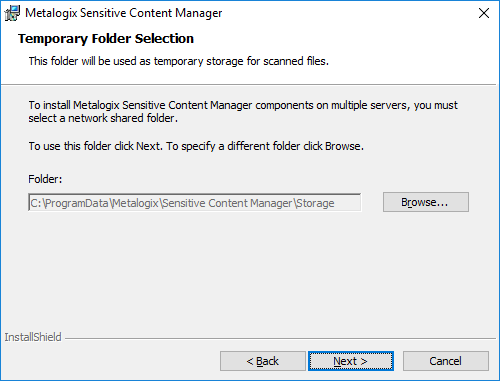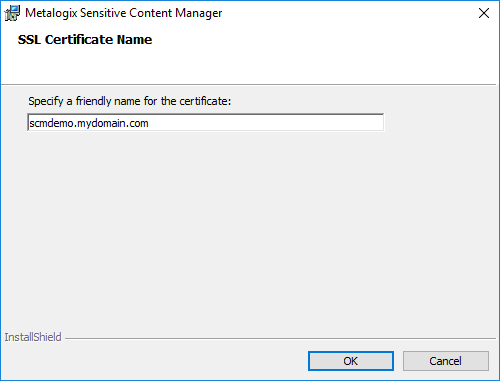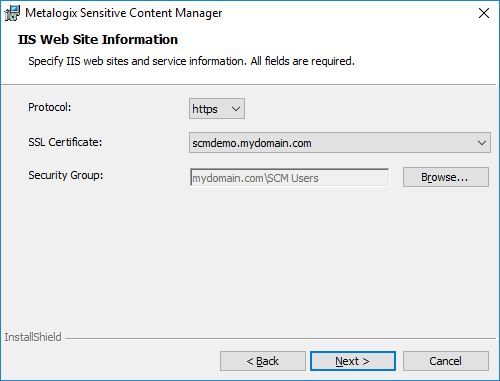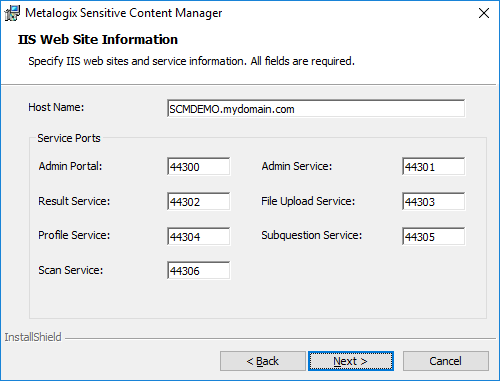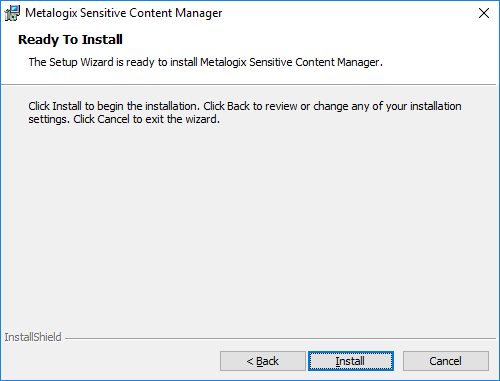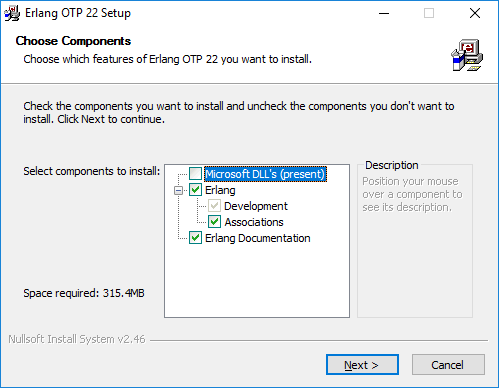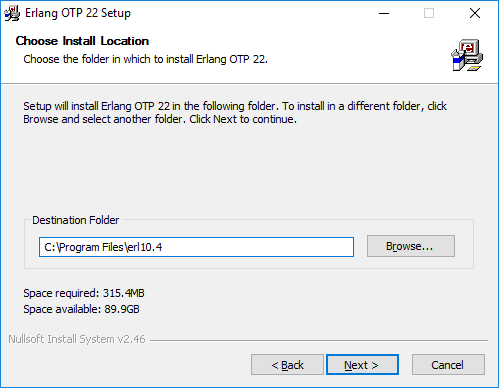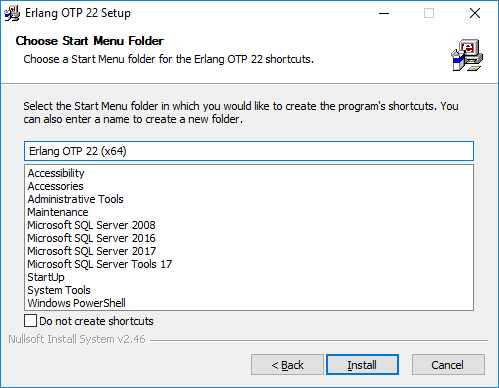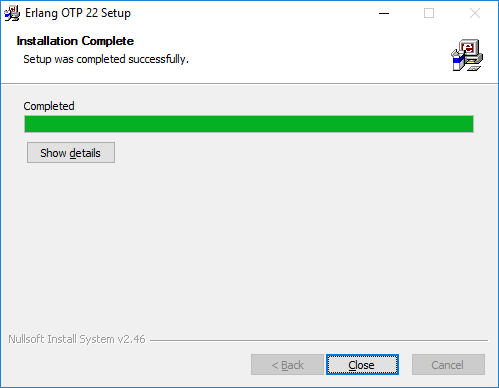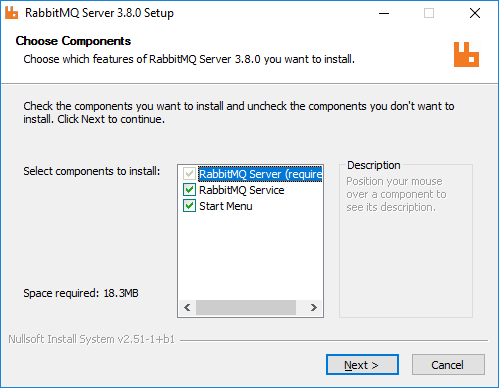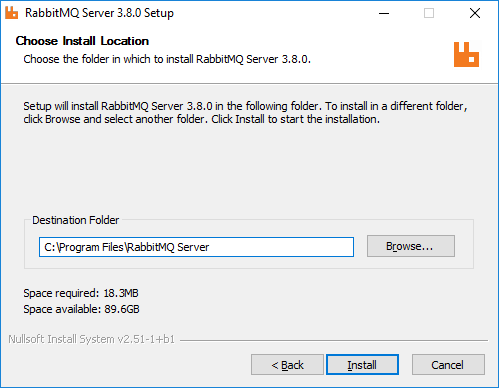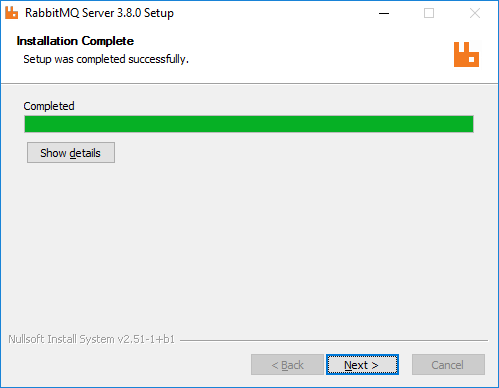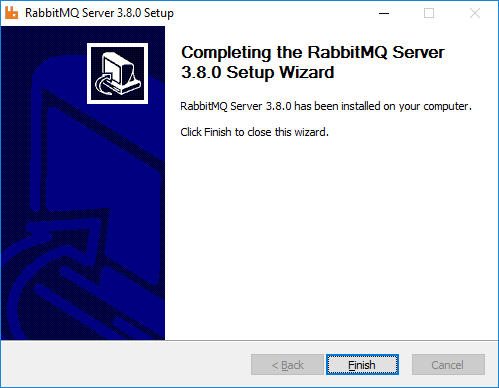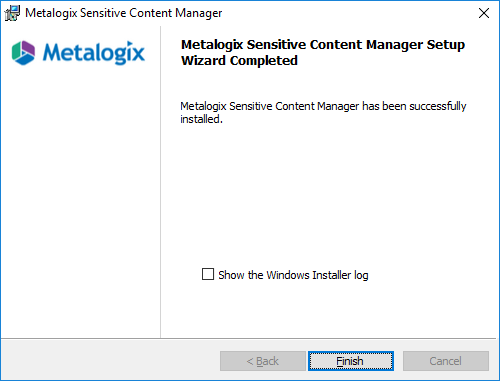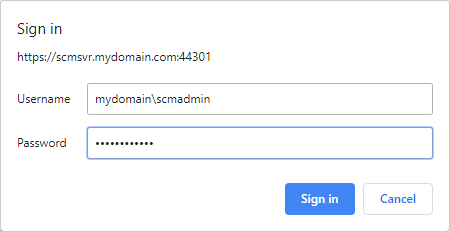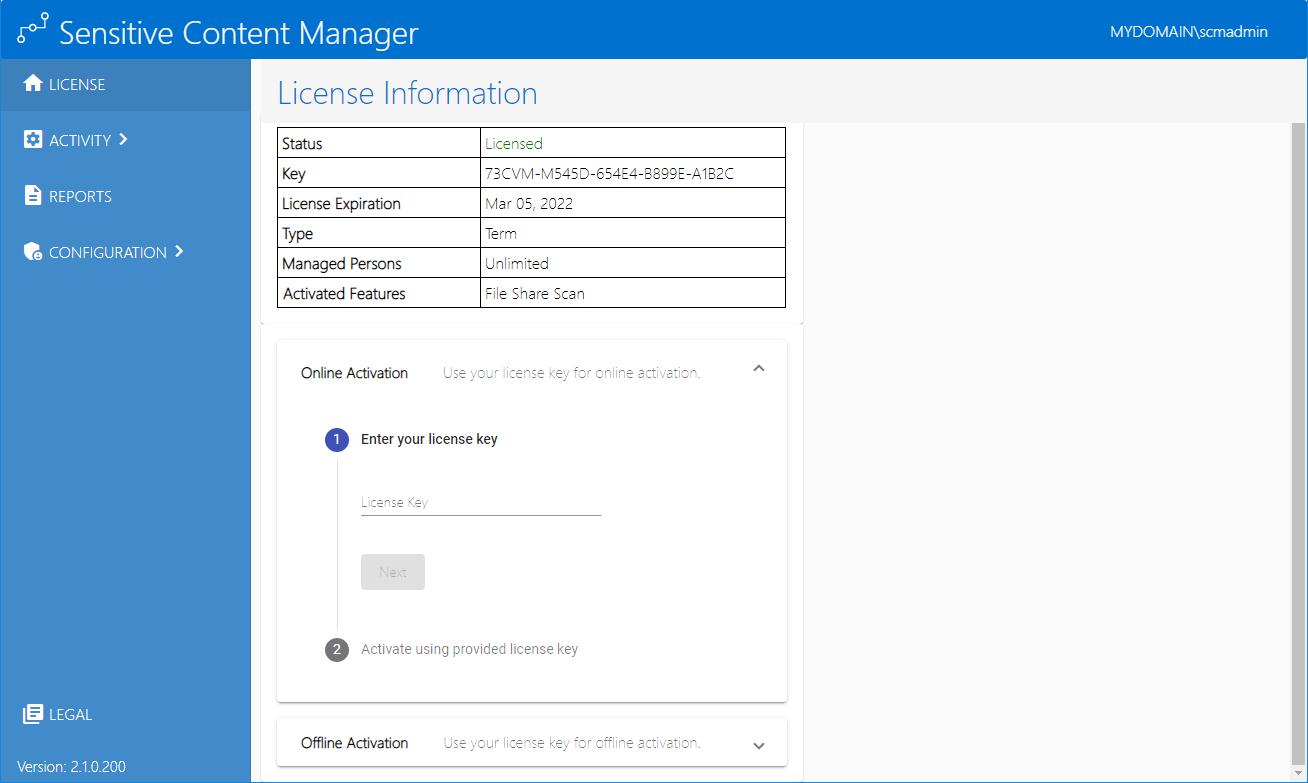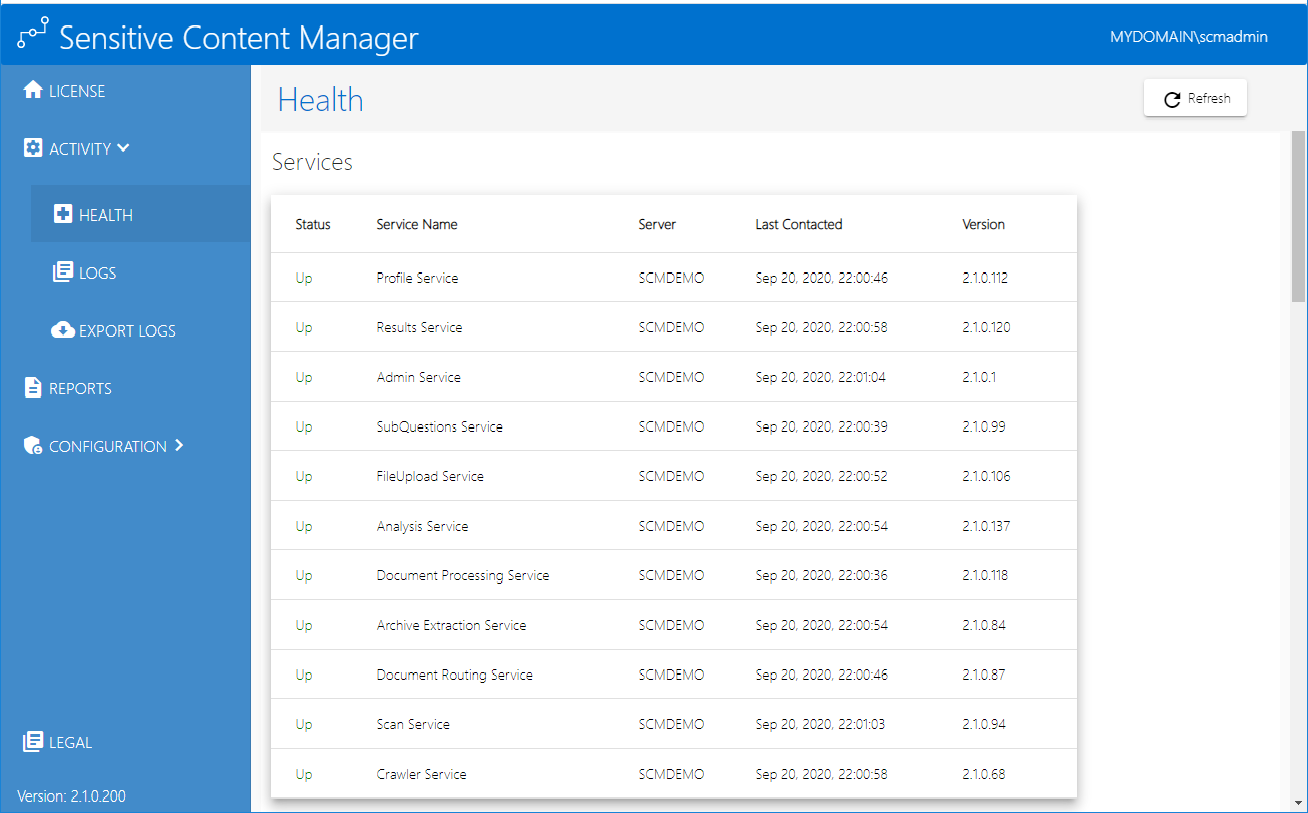Standalone SCM Installation
For this deployment topology, a single server is used to install all the components of the SCM as shown in the illustration below.
In this topic:
·Worksheet for this installation
·Steps to setup the SCM Server
·Steps to verify the standalone installation
Worksheet
The following information will be required through the installation process. Sample values are provided here as a guidance based on the illustration above.
|
Field |
Description |
Example | ||
|
License Key |
The license key that you received from Quest. If you don't have a license key, contact your Quest representative. |
894K5-3M448-M544E-A594A-7K8Z7 (Sample only. This key is neither an active nor an expired license key) | ||
|
SCM Administrator |
The domain user who will log into the SCM Administration Center |
mydomain\scmadmin | ||
|
SCM Server |
The server where the SCM components will be installed. |
SCMDEMO | ||
|
SCM Database Server |
The SQL server instance on which the SCM database will be installed. |
SCMDEMO | ||
|
Temporary Folder |
Full path of the folder that will contain the files during analysis. |
C:\ProgramData\Metalogix\Sensitive Content Manager\Storage
| ||
|
SSL Certificate friendly name |
name of the self-signed certificate that secures all communication with the SCM web server. |
scmdemo.mydomain.com | ||
|
Host Name |
The host name of the administration web site for the SCM. |
scmdemo.mydomain.com | ||
|
SCM Administration Center Port |
Specify a fully qualified domain name and a unique port number between 1 and 65535. The port number cannot be a duplicate or a reserved port number. |
44300 | ||
|
Admin Service Port |
The port used by the Admin service to request various admin information. Specify a fully qualified domain name and a unique port number between 1 and 65535. The port number cannot be a duplicate or a reserved port number. |
44301 | ||
|
Result Service Port |
The port used for REST calls to request the results of the file analysis. Specify a fully qualified domain name and a unique port number between 1 and 65535. The port number cannot be a duplicate or a reserved port number. |
44302 | ||
|
File Upload Service Port |
The port used for REST calls to submit files for analysis. Specify a fully qualified domain name and a unique port number between 1 and 65535. The port number cannot be a duplicate or a reserved port number. |
44303 | ||
|
Profile Service Port |
The port used for REST calls to manage profiles. Specify a fully qualified domain name and a unique port number between 1 and 65535. The port number cannot be a duplicate or a reserved port number. |
44304 | ||
|
Subquestion Service Port |
The port used for REST calls to manage search terms associated with the profiles. Specify a fully qualified domain name and a unique port number between 1 and 65535. The port number cannot be a duplicate or a reserved port number. |
44305 | ||
|
Scan Service Port |
The port used for REST calls to submit, cancel or delete scans and get information about running scans and reports. |
44306 | ||
|
RabbitMQ® connection string |
Required if a pre-configured instance of RabbitMQ® and Erlang® exists on another server. |
Connection string as required. Contact your Quest Technical Support Resources for further assistance. |
Steps to setup the SCM Server
1.Log in to the computer using the credentials of an existing domain user that is also a member of the local Administrators group.
2.Download and unzip the install media files to a local folder.
3.Click the windows installer file Metalogix Sensitive Content Manager.exe. The Prerequisites window opens. The prerequisites window will appear if the installer determines that one or more prerequisites are required.
4.Click Install. When the prerequisites are installed, the Welcome to Metalogix Sensitive Content Manager Setup Wizard window opens. If the appropriate prerequisites are already installed, this is the first window that opens.
5.Click Next. The License Agreement window opens.
6.Should you wish to proceed, click the check box I accept the terms in the License Agreement to activate the Next button. Click Print if you wish to print the License Agreement.
7.Click Next. The Component Selection window opens. Select Typical for a simple standalone install.
8.Click Next. The Product Licensing window opens. In the License Key field, enter your license key.
9.There are two options available to activate your license. The online activation steps are described here. See Steps to activate your license offline for more information about offline license activation.
a.Select Activate Online.
b.Click Activate License. If the license activation is successful, a confirmation message opens.
c. Click OK. The status License not activated on the Product Licensing window changes to License activated. Verify your license details as they will differ from the license details shown here.
10.Click Next. The Destination Folder window opens. Click Browse to change the destination folder if necessary. If you change the destination folder ensure that the folder exists on this computer and there are no restrictions to reading or writing to the new folder.
11.Click Next. The Service Account Credentials window opens.
12.Choose Local System Account or Domain account. If you choose Domain account, enter the credentials of a domain user that will be used to run the windows service.
|
|
NOTE: The domain user must have read/write permissions to the Service Connection Point in the active directory. For more information see Steps to grant additional privileges to the SCM Administrator. |
13.Click Next. The SQL Server Information window opens.
Enter the values as described below:
a.SQL Server - the name of the SQL Server instance where the SCM database will be installed. For a standalone deployment the SQL Server is the same as the SCM Server.
b.Connection options:
i.Windows authentication - SQL Server validates the account name and password using the Windows principal token in the operating system. The user must have log in rights to the SQL Server instance with security admin and dbcreator roles assigned. This is the recommended authentication option.
ii.SQL authentication - uses the user credentials stored in SQL Server that may not be based on Windows user accounts. The user must have log in rights to the SQL Server instance with security admin and dbcreator roles assigned.
14.Click Next. The Service Bus Installation window opens. SCM uses RabbitMQ® as the service bus.
Choose from one of the following options:
a.Select I want the installer to install and configure Erlang® and RabbitMQ® on this machine with the default configuration if you don't have an existing instance of the service bus. The installer will install the necessary files and dependencies at the end of the install process and create a certificate with the necessary credentials to operate RabbitMQ®.
a.Select I will provide the connection string for the RabbitMQ® installation if you already have a preinstalled instance that you have configured. When you click Next with this option selected, the Service Bus Connection Information window opens. Specify the RabbitMQ® connection string.
15.Click Next. The Temporary Folder Selection window opens. The default temporary folder is specified. You can use the same folder or click Browse to change to another folder. If you change the temporary folder, ensure that the folder exists on this computer and there are no restriction to reading or writing to the new folder.
|
|
NOTE: We recommend selecting a location on SSD or other fast access storage. The location will be heavily used and fast access storage can significantly improve file analysis |
16.Click Next. The IIS Web Site Information window opens.
a.Click the drop-down box for the SSL Certificate field and select <Create Self Signed Certificate> option. The SSL Certificate Name window opens. Enter a friendly name and click OK. The IIS Web Site Information window reopens with the specified SSL Certificate name.
b.For the Security Group, click Browse to open the Select Group window. Enter SCM Users in the Enter the object name to select field and click Check Names. When the Domain Users group is verified, click OK to add the group.
17.Click Next. The IIS Web Site Information window reopens with default port specifications for each IIS service. If you choose to change the default port numbers, ensure that the port numbers are within the range 1 to 65535 and they are unique and available for use.
18.Click Next. The Ready To Install window opens.
19.Click Install. The installer begins to install the Erlang® third-party component. Keep the defaults as indicated.
20.Click Next. The Choose Install Location window opens. Click Browse to change the location if necessary.
21.Click Next. The Choose Start Menu Folder window opens. Keep the defaults as indicated.
22.Click Next. The Installation Complete window opens when the installation is successful.
23.Click Next. The installer begins to install the RabbitMQ® third-party component. Keep the defaults as indicated.
24.Click Next. The Choose Install Location window opens. Click Browse to change the location if necessary.
|
|
NOTE: Only the code files for RabbitMQ are installed here. When you change the location, the code files will be installed in the new location. RabbitMQ configuration and data files are installed in the %APPDATA%\RabbitMQ folder. If the Metalogix Sensitive Content Manager temporary storage folder and the RabbitMQ configuration and data files are installed on the same drive then heavy demand may cause SCM to pause operations unexpectedly. To avoid this issue, you can manually move the RabbitMQ configuration and data files to an alternate drive after installation is complete. For detailed steps see Relocating the RabbitMQ installation directory. |
25.Click Next. The Installation Complete window opens when the installation is successful.
26.Click Next. The confirmation window opens.
27.Click Finish. The rest of the SCM components and any prerequisites will be installed. If the installation is successful, the SCM Setup Wizard Completed window opens.
28.You can select the check box Show the Windows Installer log which opens the installation log file for reviewing or troubleshooting the installation. Click Finish to exit the wizard.
29.A shortcut is added to the desktop.
Steps to verify the standalone installation
1.Log in to the SCM Server (e.g., SCMDEMO)
2.Double-click the desktop shortcut to open the SCM Administration Center. You can also enter the URL directly in a browser. To get the URL for your own installation see Steps to get the URL for the SCM Administration Center.
3.In the Sign in dialog that opens, enter the credentials of the SCM Administrator.
4.Click Sign In. The License Information page opens. The license details and software versions may not be the same as shown here.
5.Click HEALTH. Verify that the Health page opens with all the services listed with Status = Up.
|
|
NOTE: It may take more than a minute for the status to refresh. Click Refresh to update the status. |
6.This completes the verification of the standalone SCM Server deployment.

